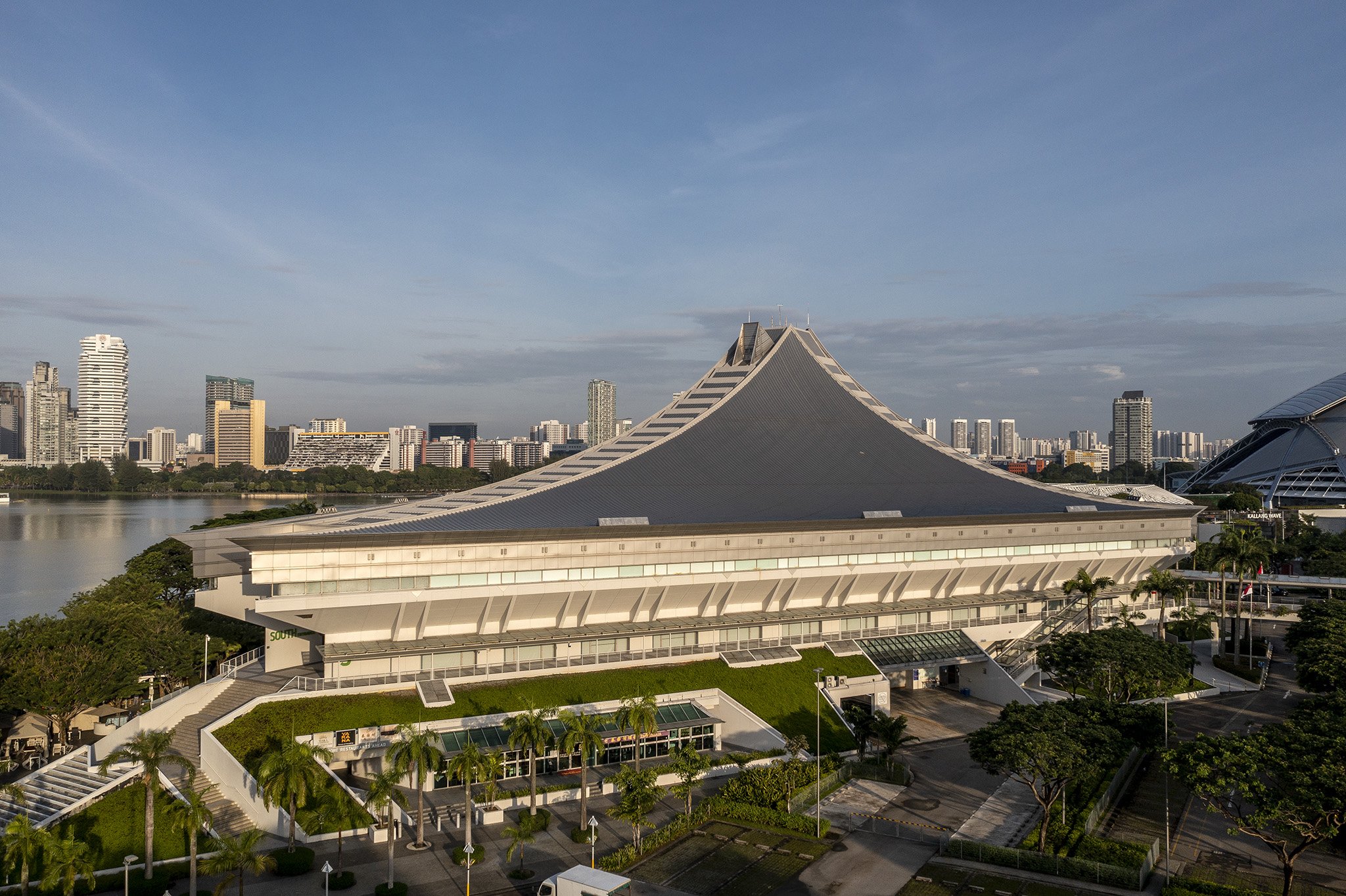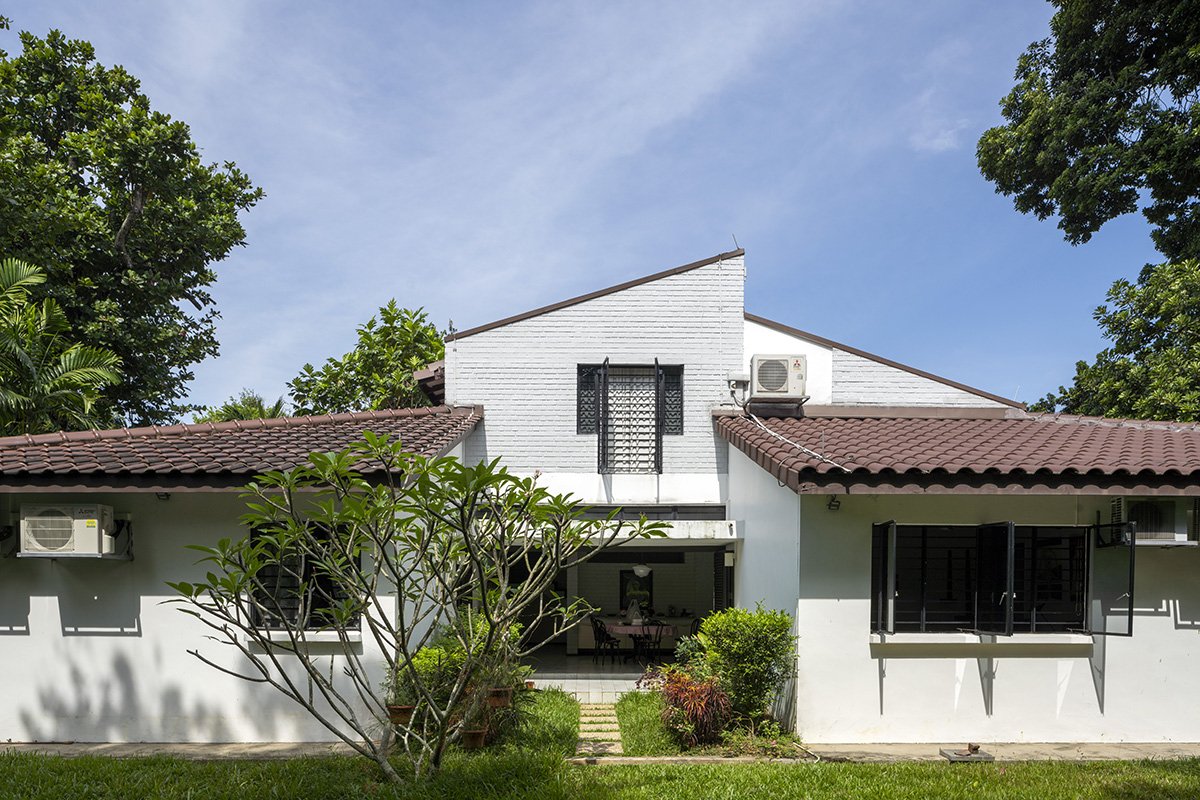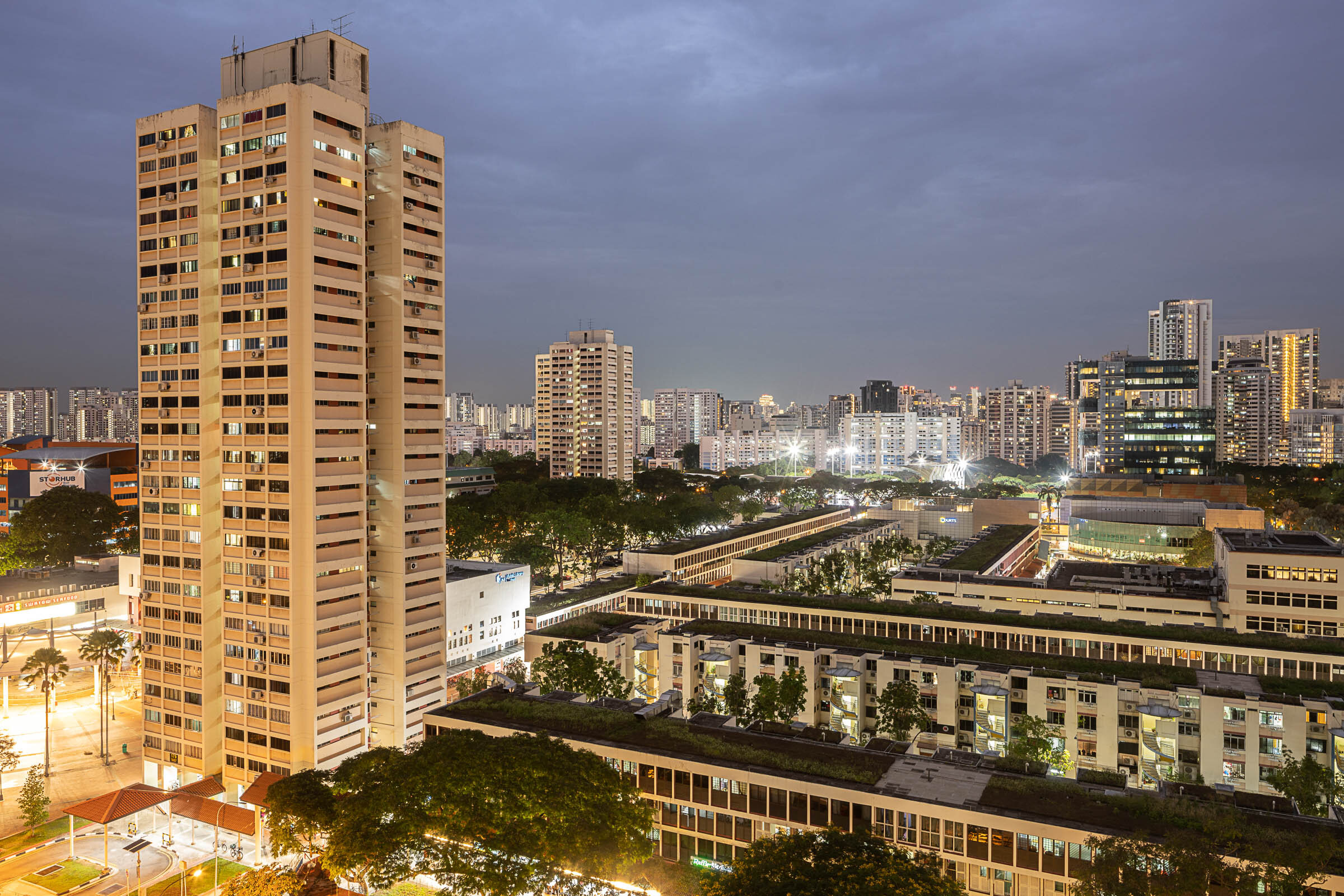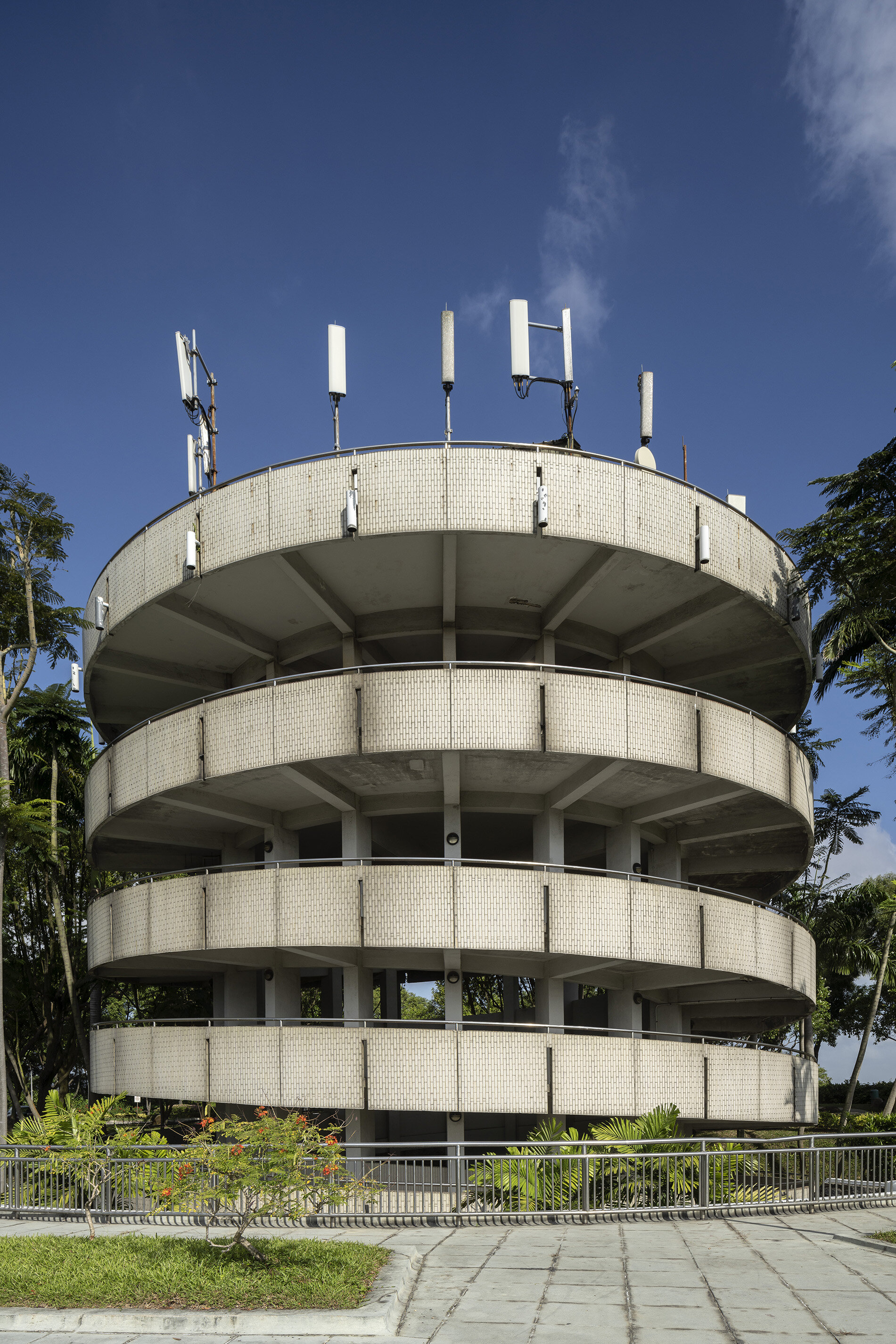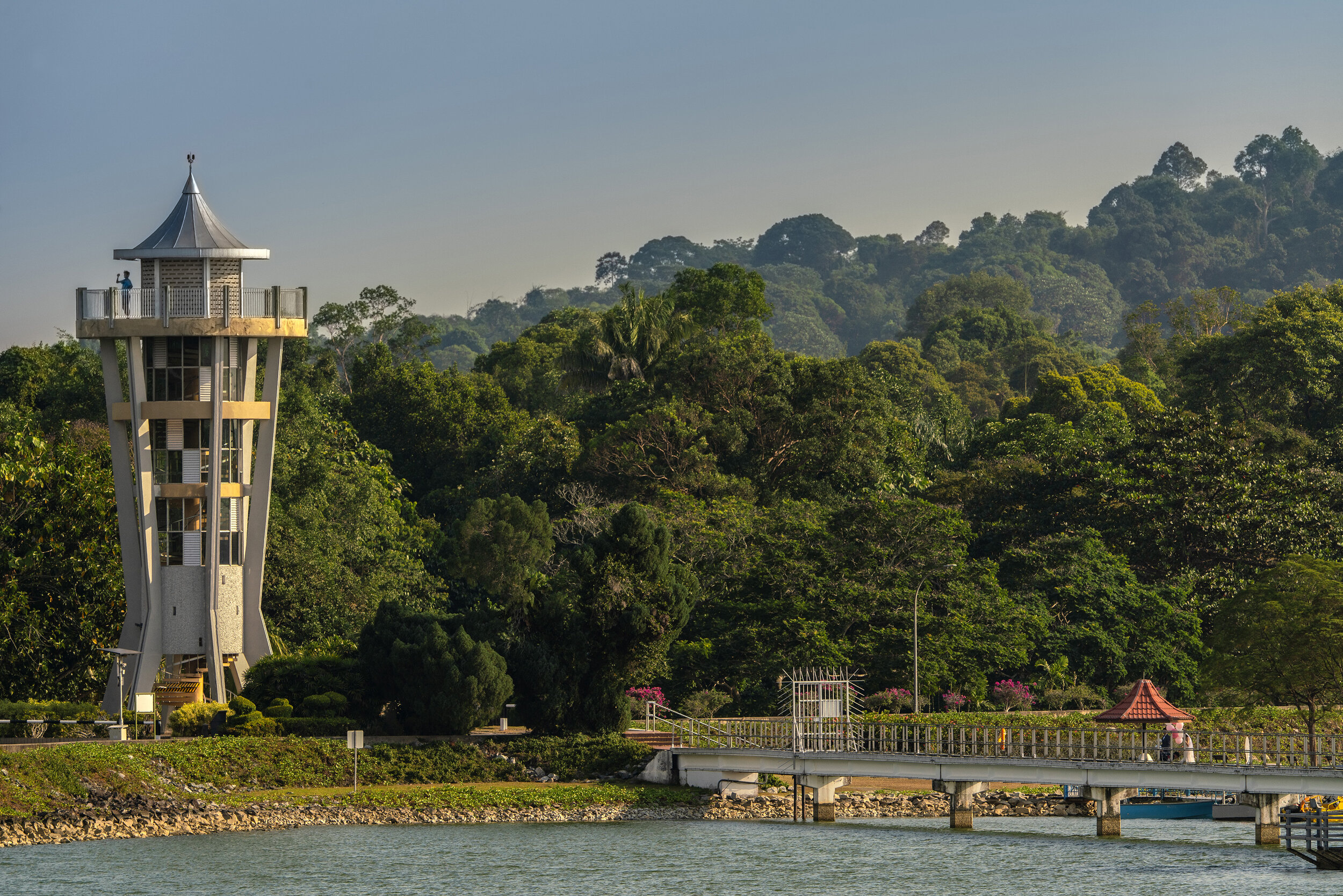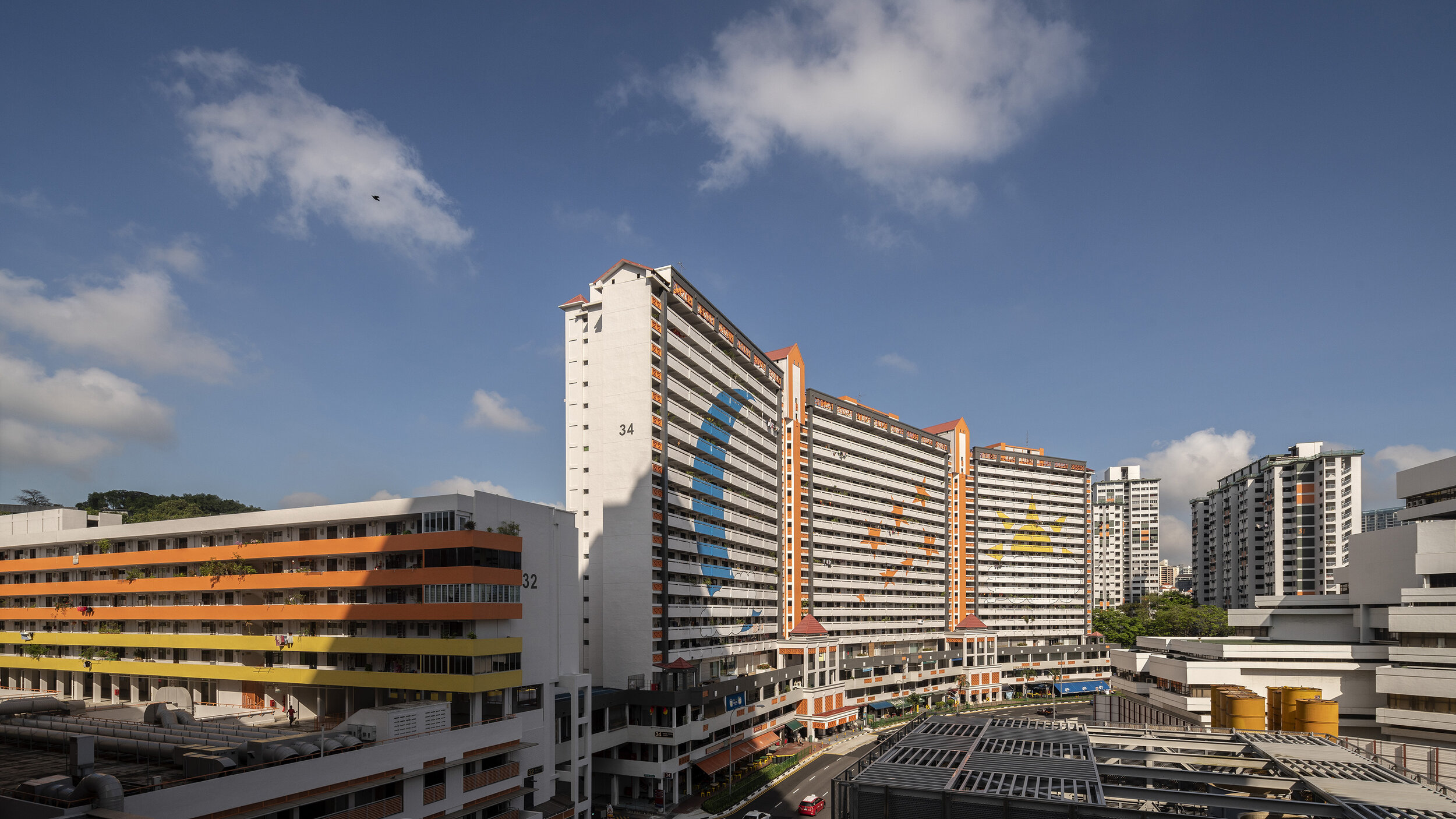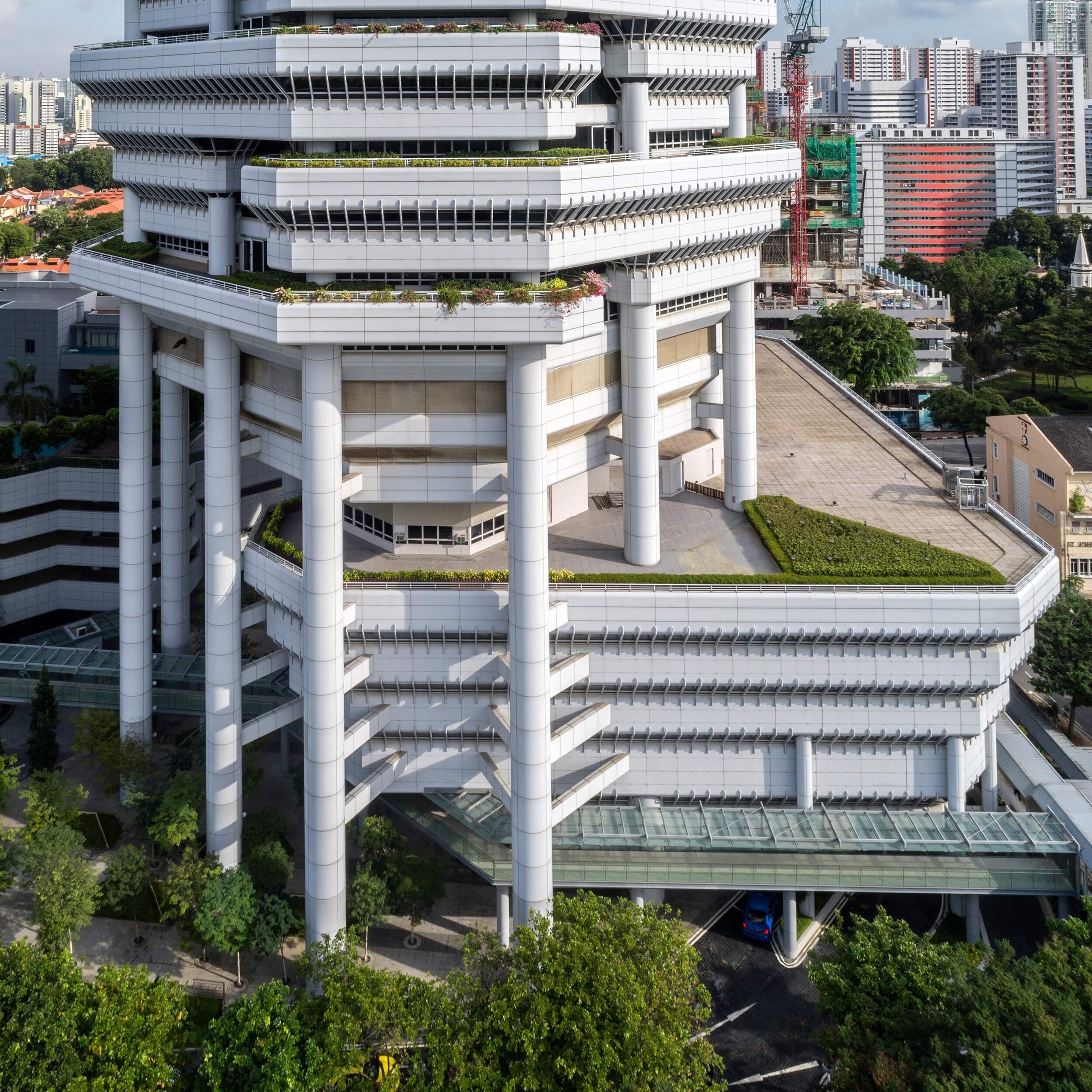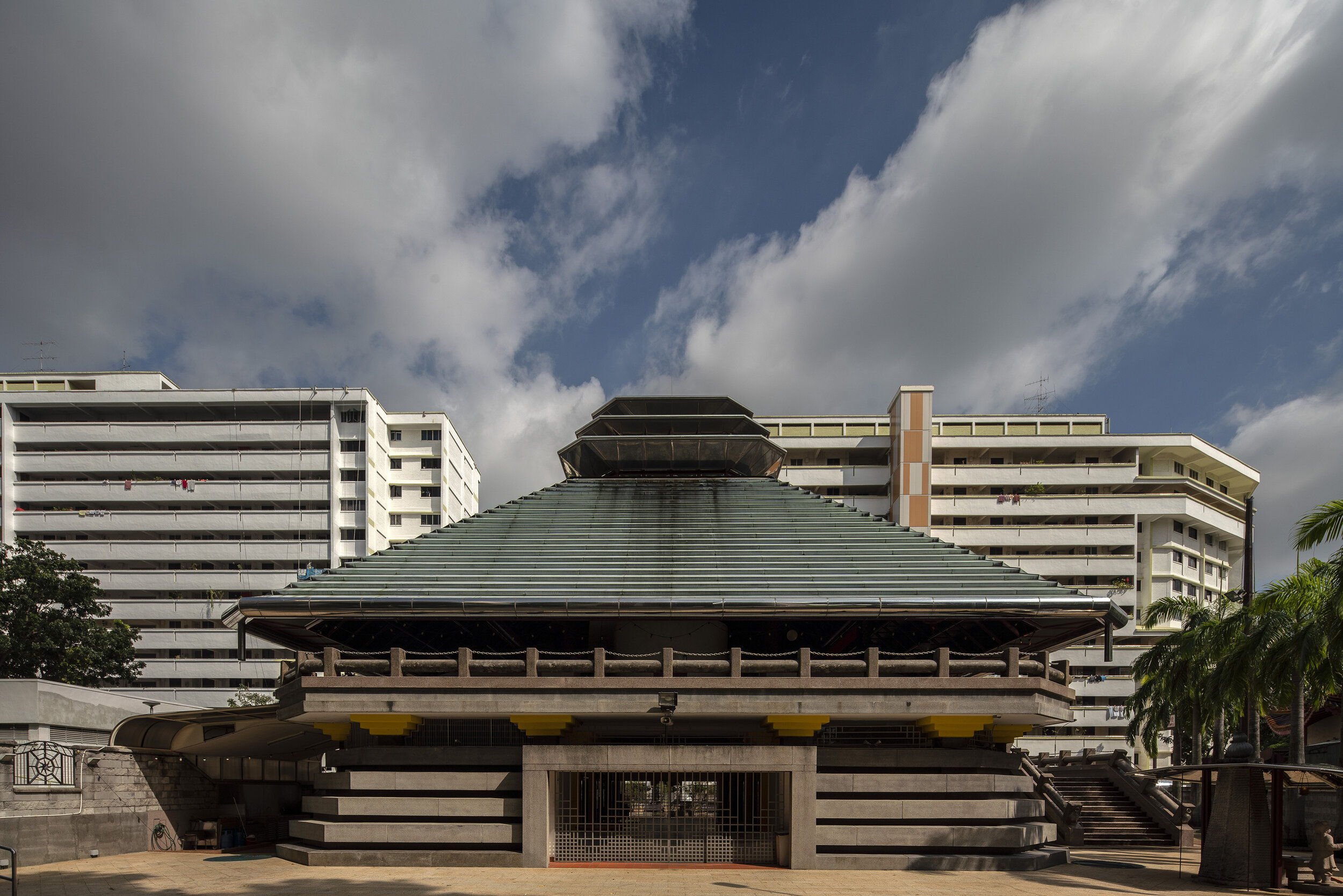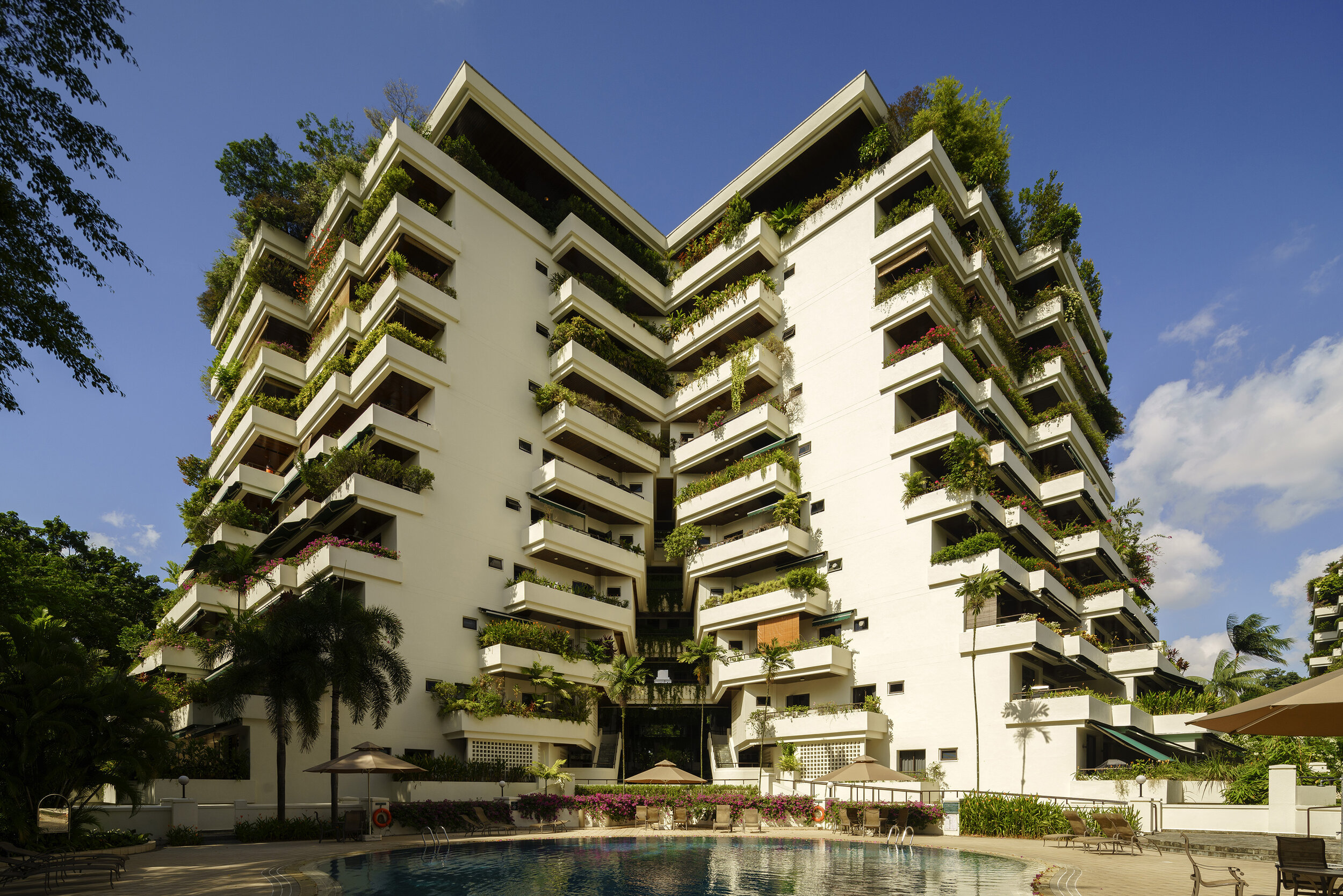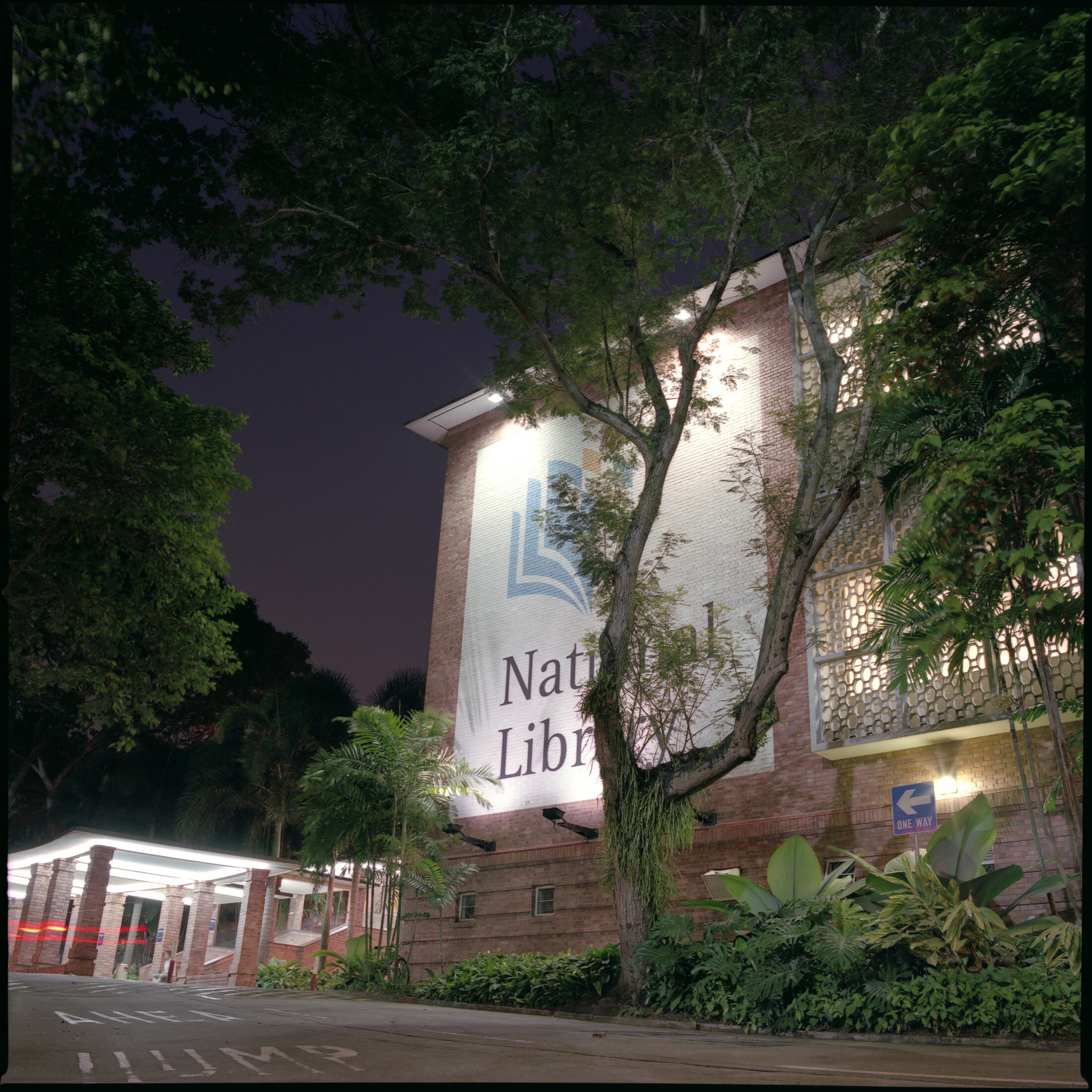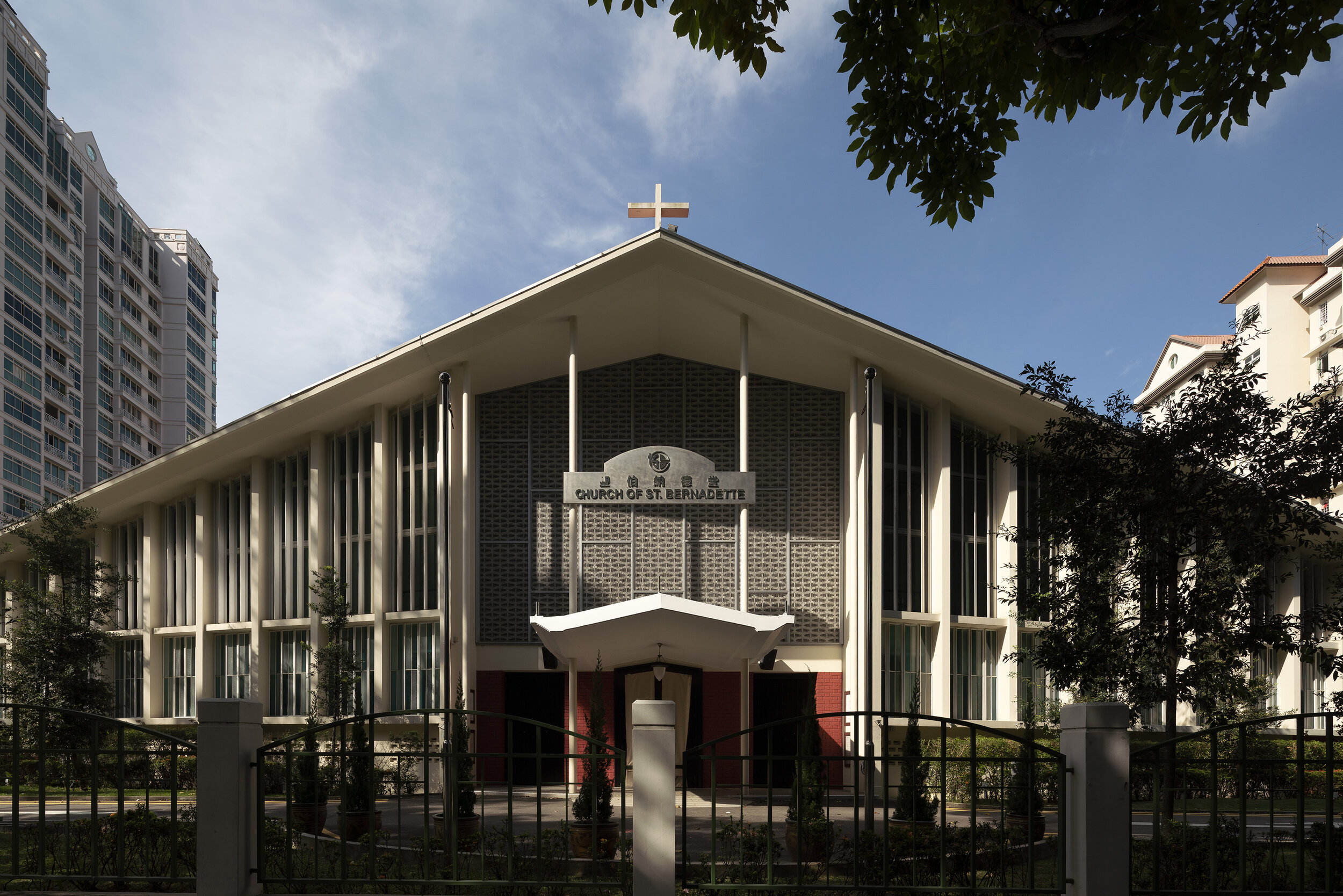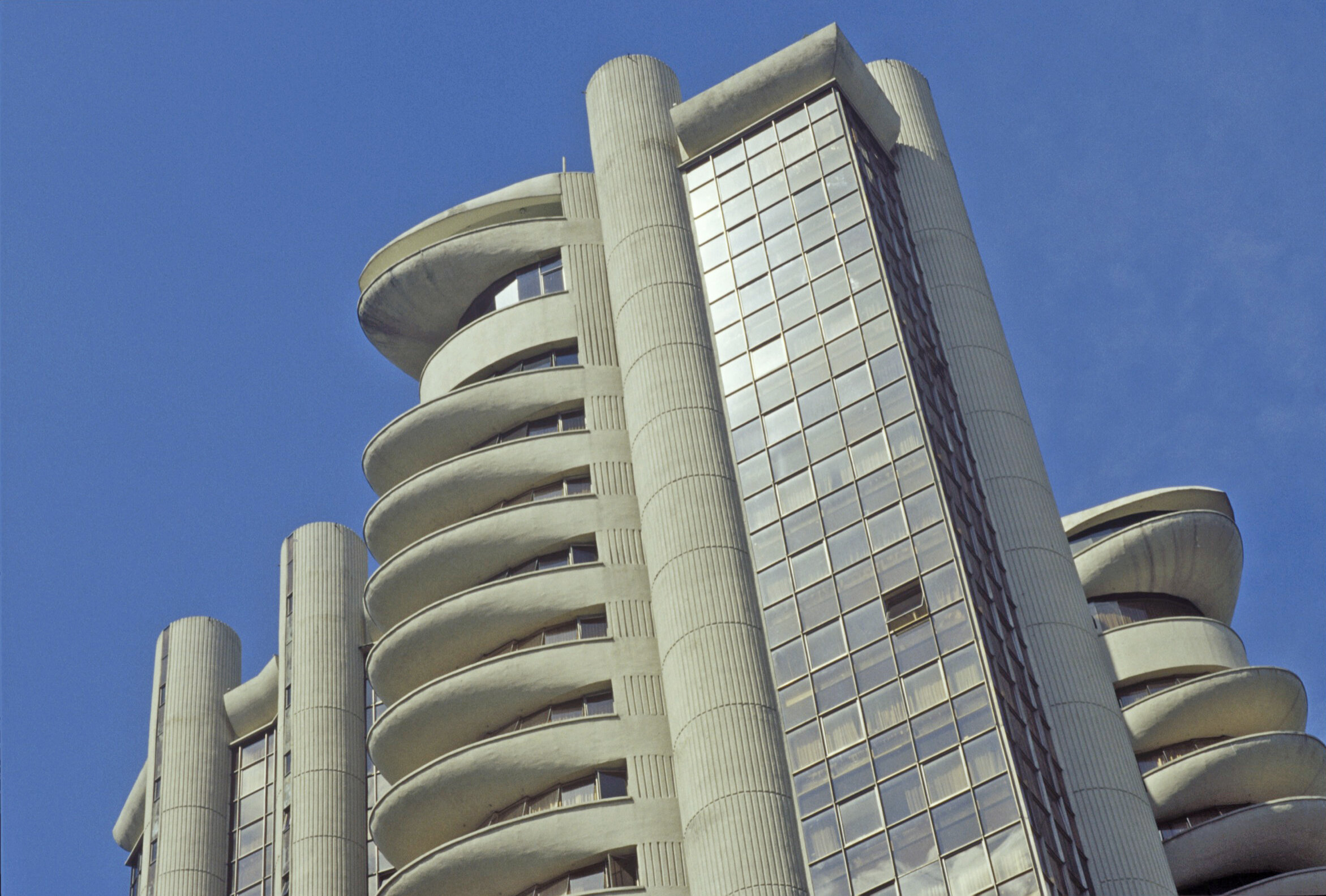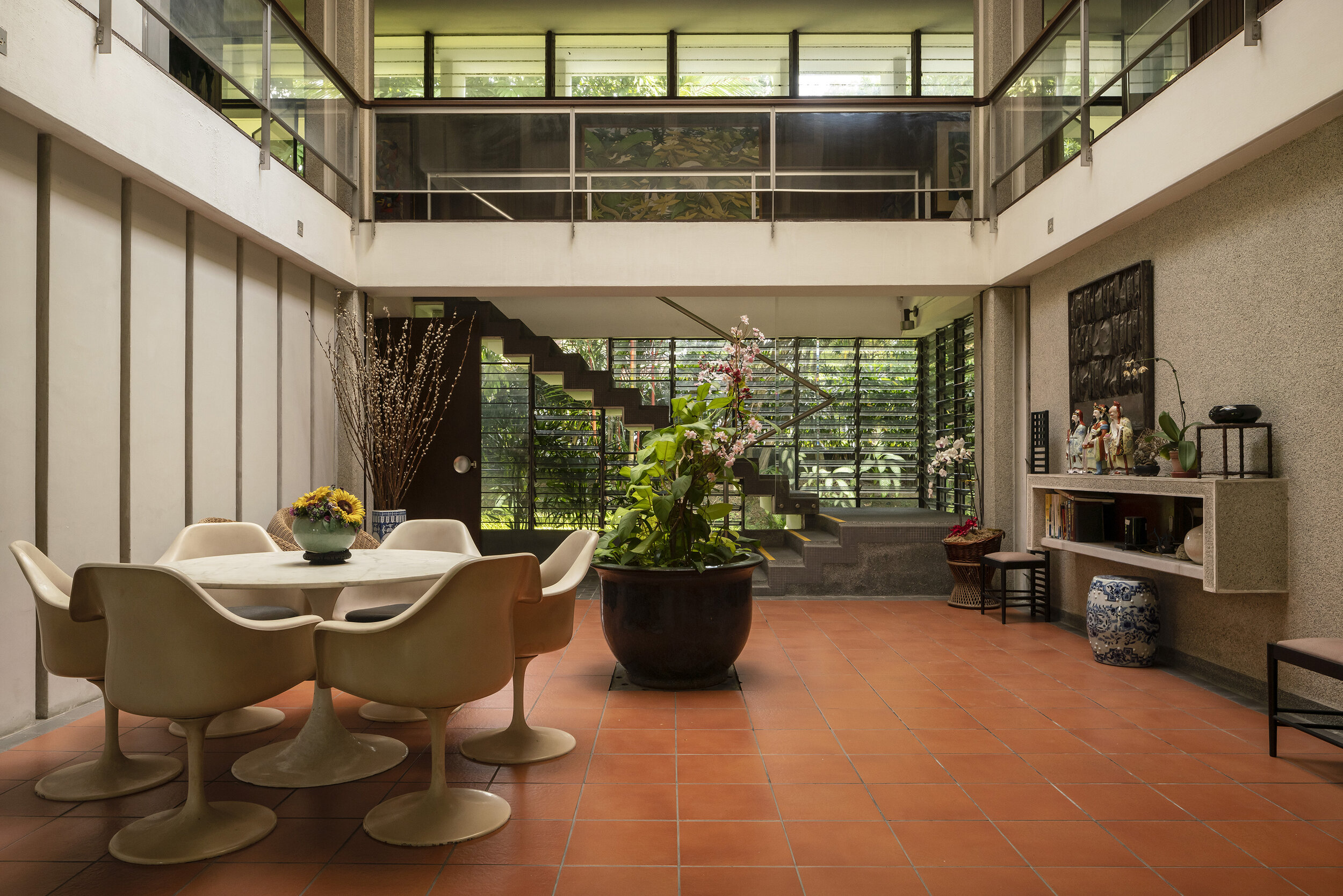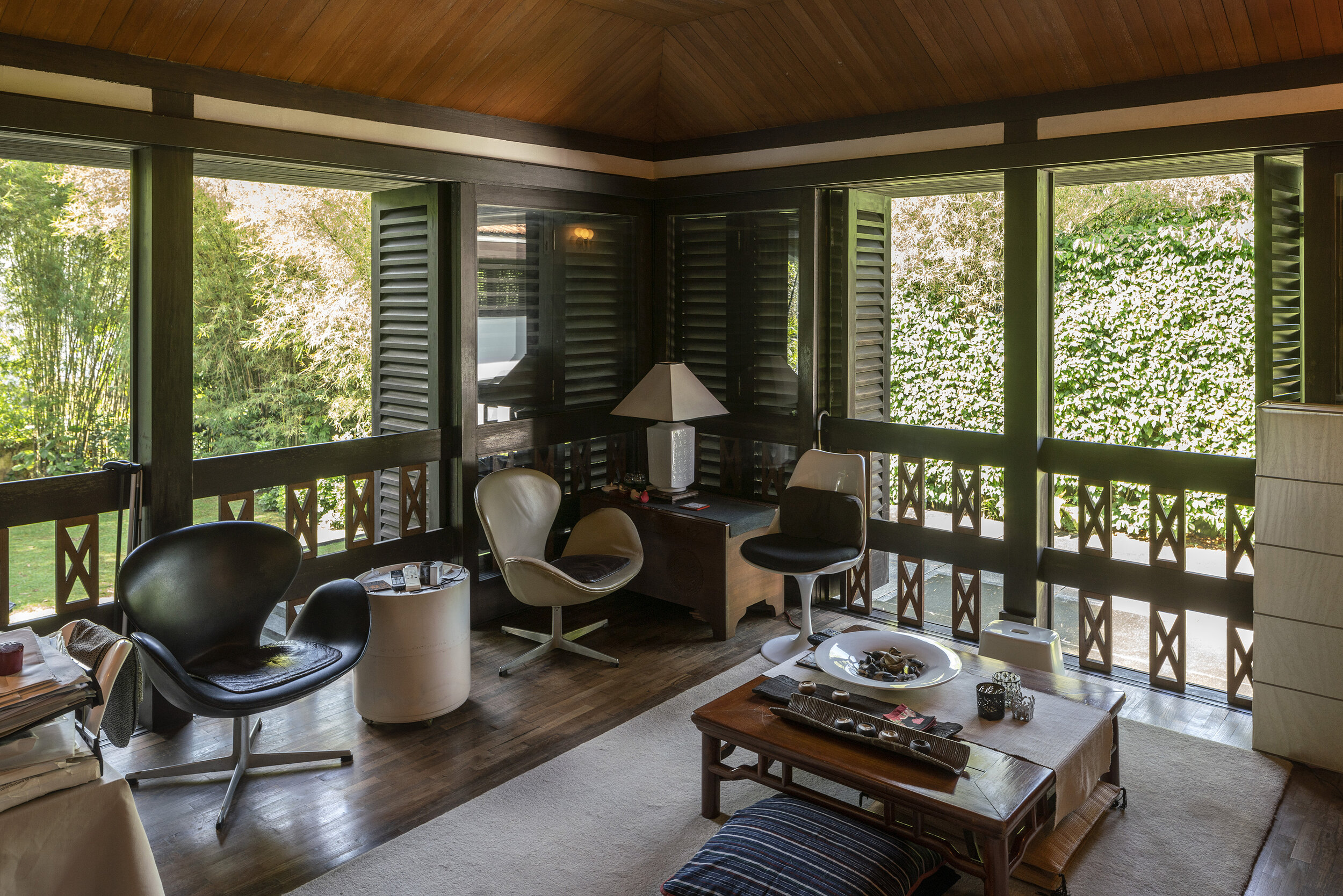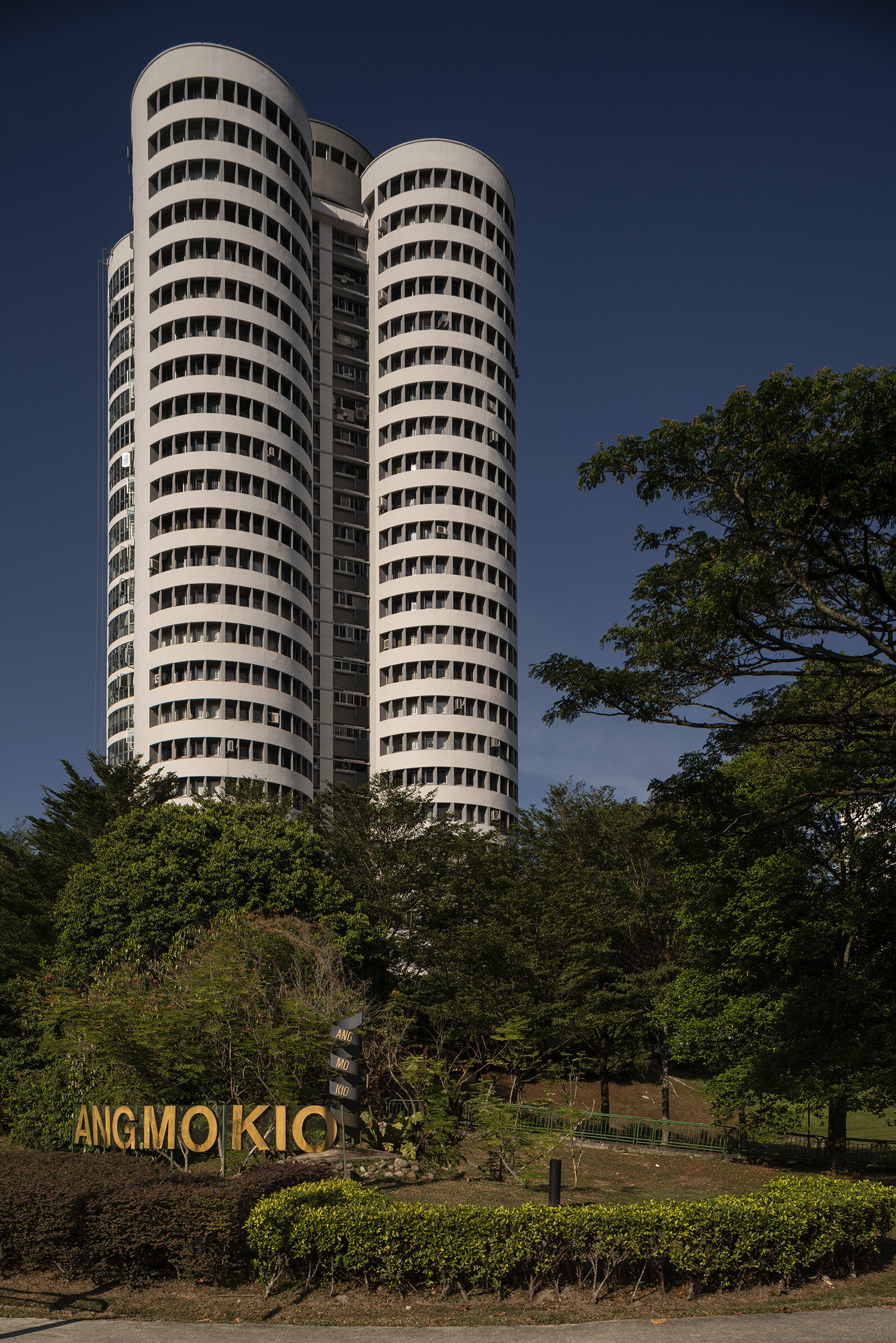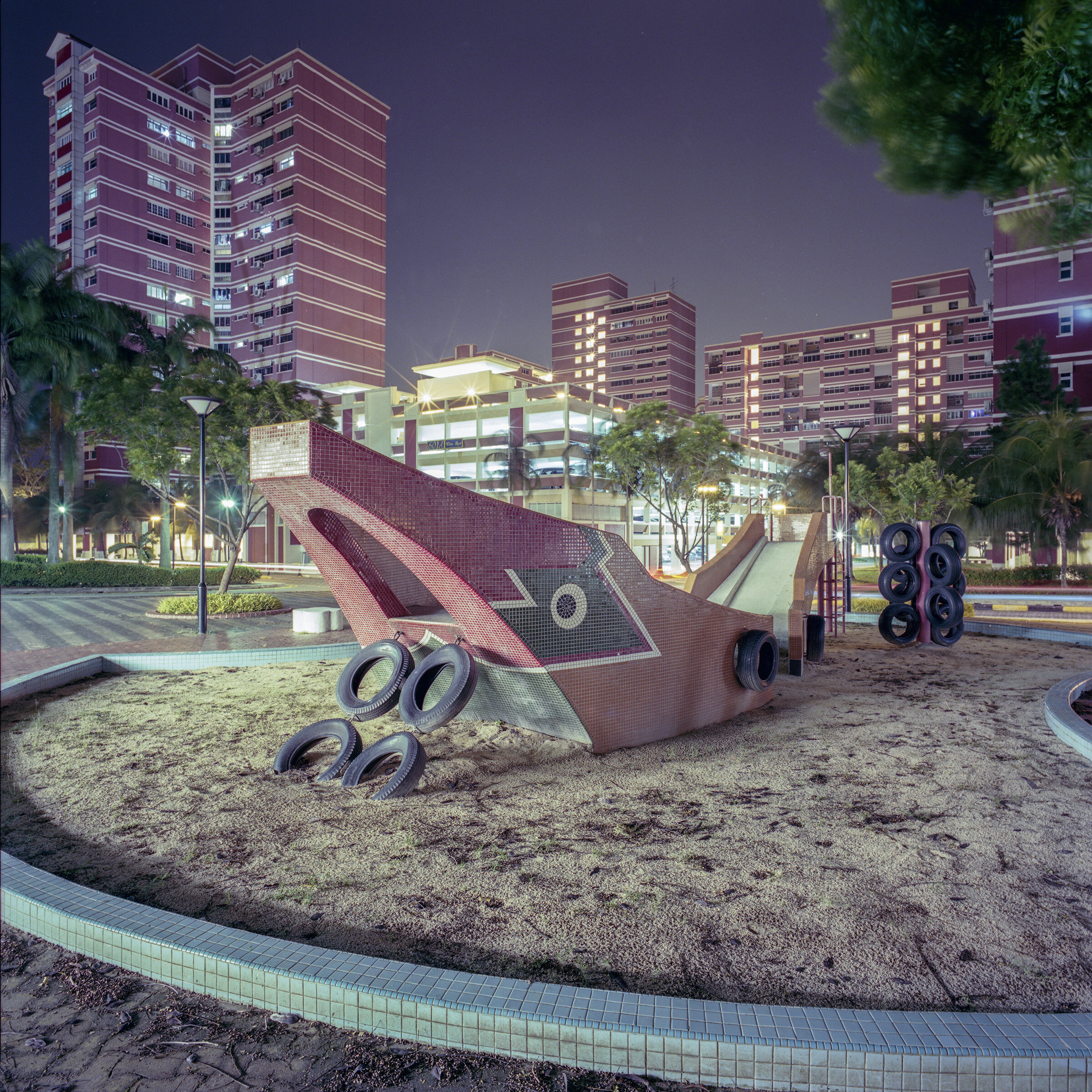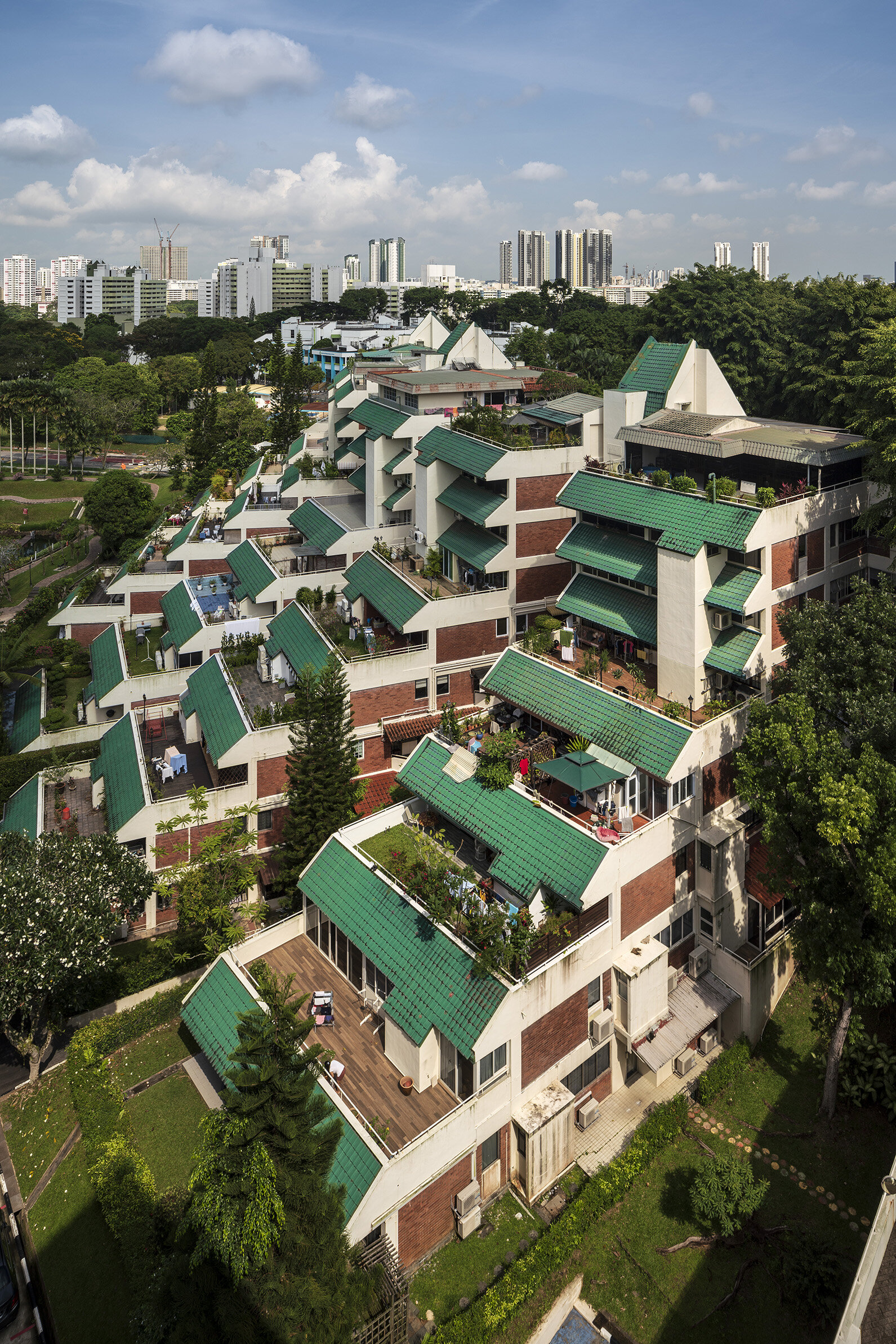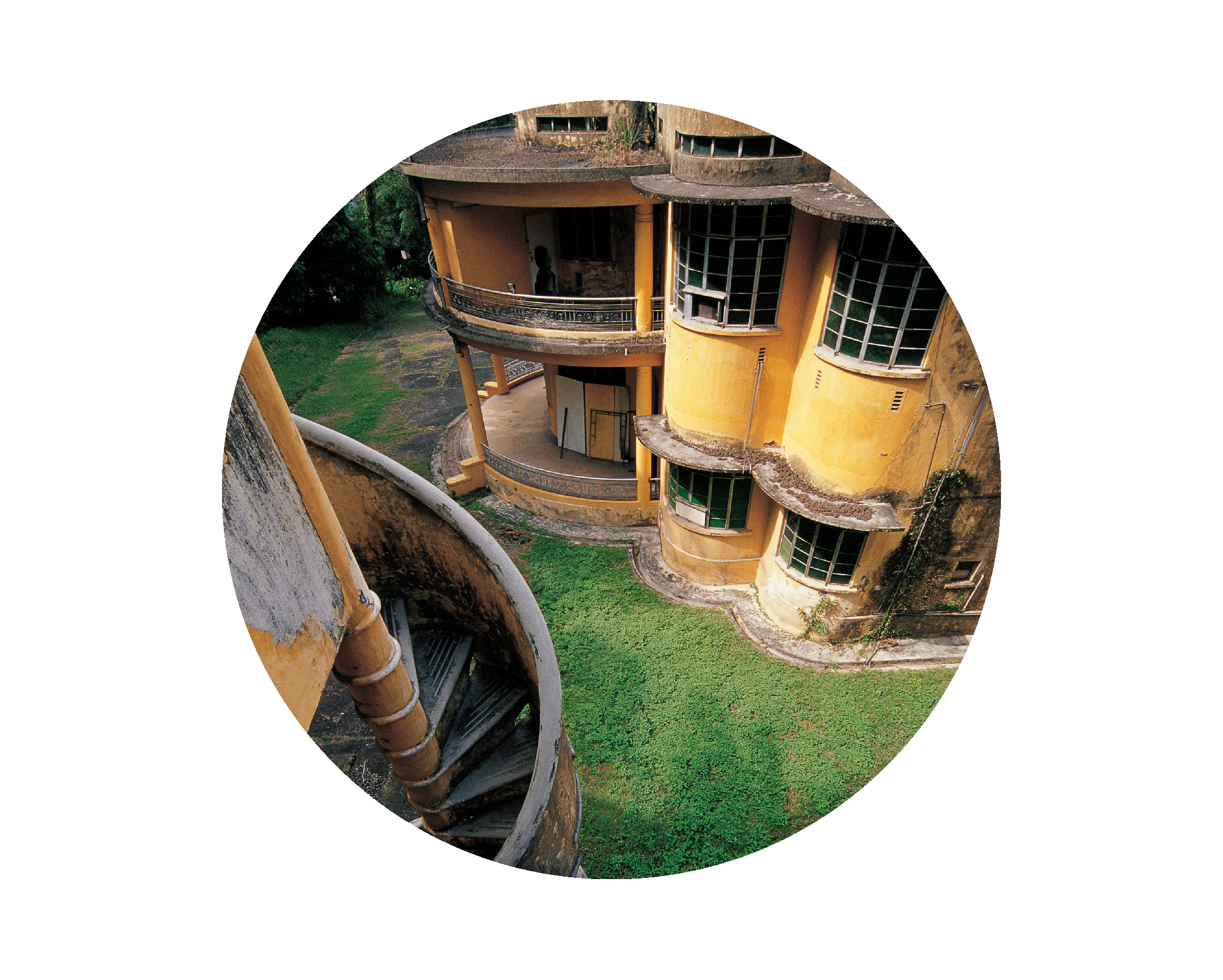Modernism.
Modernism is an aesthetic and philosophy brought about by the process of modernisation – urbanisation, industrialisation, secularisation, mass consumption, faster means of transport and communication, and the endless desire for progress. While some of these ideas were embryonic during the Renaissance, it was during the Industrial Revolution (beginning c.1760 and at its height in the 19th century) that forces of modernisation came to dominate material life.
168 Queenstown HDB Block. Photo by Darren Soh.
In architecture, modernism refers to the rejection of ornamentation and historicity in favour of functionalism and minimalism, with an emphasis on volume over mass, and asymmetrical compositions over symmetrical ones. The use of innovative technologies of construction and new materials such as glass, steel, and reinforced concrete is also a key characteristic. The Crystal Palace, constructed for the 1851 Great Exhibition of the Works of Industry of All Nations in Hyde Park, London, was perhaps the first modern building. Its extensive use of sheet glass, supported by a cast iron frame, transformed ceilings and walls into transparent surfaces which amazed visitors and signalled the pervasion of the machine age. Although modern architecture emerged in the mid 19th century, it developed into coherent design manifestoes in the early 20th century and became dominant after the Second World War.
Former Singapore Polytechnic. Photo by Darren Soh.
Two terms are most commonly associated with modernism: ‘Modern Movement’ and ‘International Style’. The origin of ‘Modern Movement’ is commonly attributed to Nikolaus Pevsner’s seminal work, Pioneers of the Modern Movement (1936), which traces the roots of modernism from the socialist Arts & Crafts Movement of William Morris to the ‘machine aesthetic’ of Walter Gropius. The term ‘International Style’ became synonymous with the Modern Movement and modernism after an essay, The International Style: Architecture since 1922, was published by architects Henry-Russell Hitchcock and Philip Johnson for the catalogue of Modern Architecture: International Exhibition (1932) at the Museum of Modern Art (MoMA). Dominated by European avant-garde architects of the Modern Movement, the exhibition featured the work of 48 architects, firms, and organisations, cementing the likes of Walter Gropius, Mies van der Rohe, Frank Llyod Wright, and Le Corbusier into the modernist pantheon.
After the Second World War, Le Corbusier’s earlier writings on city planning and Congrès internationaux d'architecture moderne (CIAM)’s Athens Charter had a significant impact on urban planning and housing across the world. The best-known new cities planned and designed along these principles were Brasilia in Brazil and Chandigarh in India. While Singapore as a city-state was too small to accommodate a new city built from scratch, it underwent similar radical territorial transformations during the nation-building era of the 1960s and 1970s, when Singapore was developed from an entrepot to an industrialised economy. The Housing and Development Board (HDB), with its modernist tower and slab block designs, was responsible for much of Singapore’s urban fabric when many of the ‘slum-dwellers’ and ‘squatters’ were resettled from low-rise shophouse districts and kampungs to high-rise, high-density modern flats. Many of the shophouses in the Central Business District (CBD) centred around the Singapore River, the heart of the entrepot economy, were demolished to make way for modernist podium-tower blocks and complexes under urban renewal.
The radical transformation and drastic erasure of the colonial urban environment was described by Rem Koolhaas as the tabula rasa approach where the razed plane became the substrate for the modern city. Because of extensive urban renewal and rapid development during the nation-building years, Singapore is rife with modernist buildings from the ‘heroic’ examples of Golden Mile Complex, Jurong Town Hall, the former Singapore Conference Hall and Trade Union House, and the former Subordinate Court, to the well-loved but underappreciated ‘everyday modernism’ of HDB blocks, schools, community centres, and recreational facilities.
Singapore Polytechnic on Dover Road (1979). Photo by Darren Soh.
Last updated 21 May 2021. Written by Jason Ng and Chang Jiat Hwee.
References
Chang, Jiat Hwee. ‘Singapore’s Modern Built Heritage Is More Ubiquitous Than We Realise’, Design and Architecture, accessed 19/05/2021.
Chang, Jiat Hwee and Tim Winter. ‘Thermal modernity and architecture’, The Journal of Architecture 15, no. 1 (2015), 92-121.
Ballantyne, Andrew. ‘International Style’ in Grove Art Online, accessed 18/05/2021.
Koolhaas, Rem. ‘Singapore Songlines: Portrait of a Potemkin Metropolis … Or Thirty Years of Tabula Rasa’, in OMA, R. Koolhaas and B. Mau, eds., S, M, L, XL (Rotterdam, 010 Publishers, 1995), pp. 1008–86.
Musgrove, John. ‘Modern Movement’ in Grove Art Online, accessed 18/05/2021.
Zhuang, Justin. ‘Designing the Modern Movement: The Pioneers of Nikolaus Pevsner’, accessed 19/05/2021.








